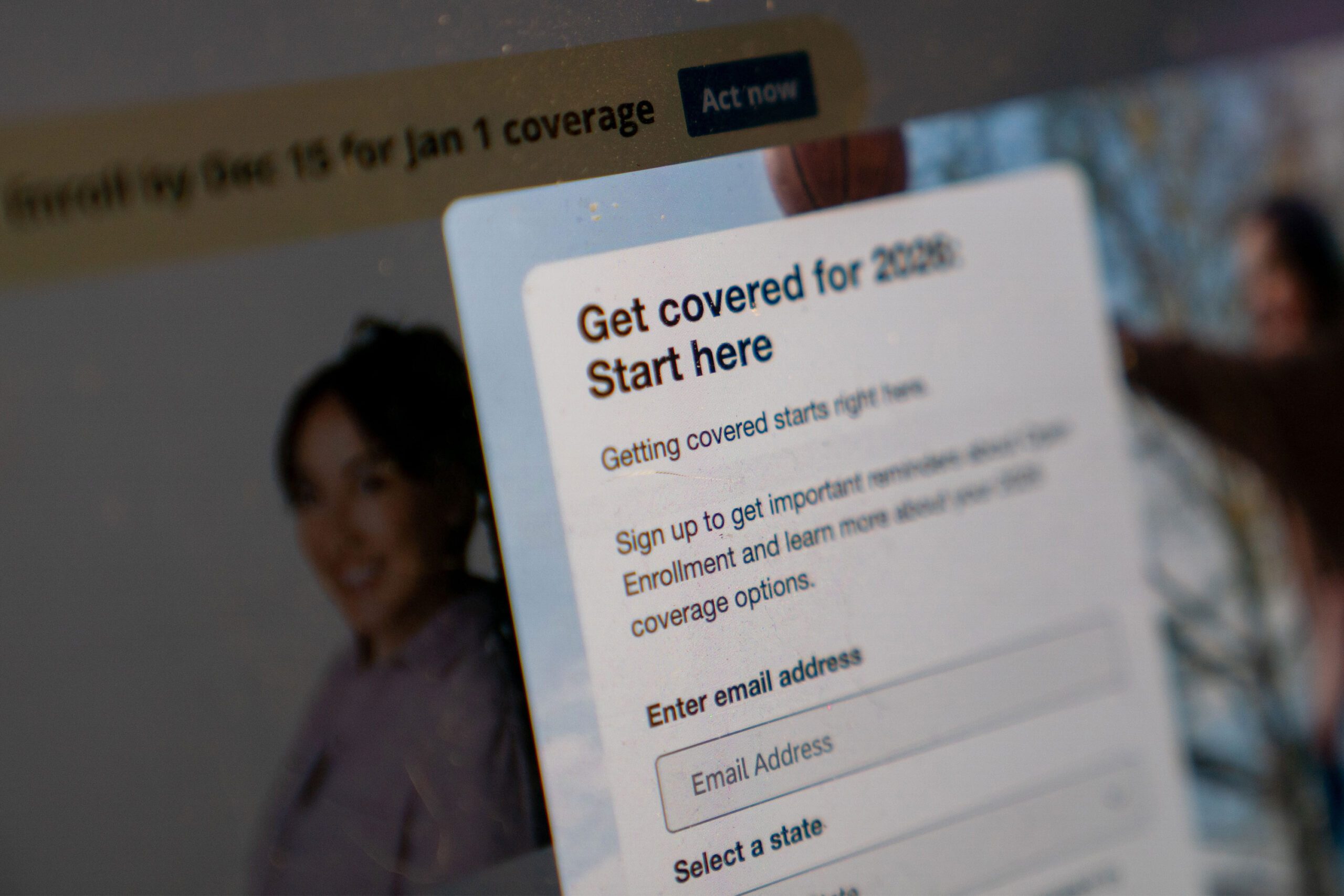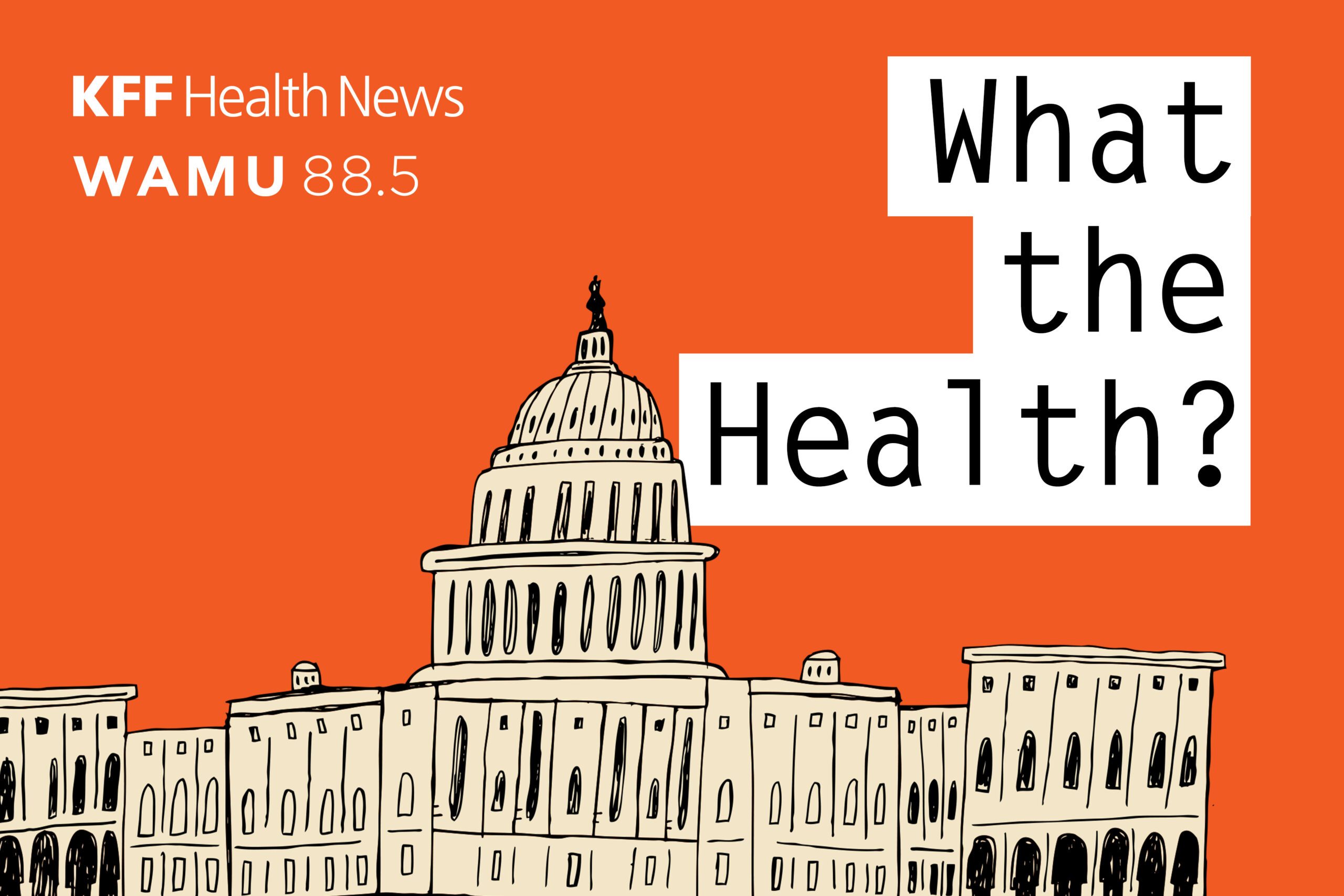

CEO Neil Batlivala, of Pair Team, talks about the uses AI-driven care coordination to serve vulnerable populations, including the unhoused and chronically ill. Amid Medicaid cuts, their model reduces hospitalizations, builds trust through community-based care, and delivers measurable outcomes. They advocate for policy reforms that integrate social services and expand value-based care. Pair Team delivers tech-enabled, human-first care to underserved communities by partnering with local clinics. Using AI-driven care coordination and compassionate teams, they serve vulnerable populations—including the unhoused and chronically ill. Amid Medicaid cuts, Pair Team is scaling equitable care, ensuring no one is left behind. CEO Neil Batlivala leads the mission.
Scott Douglas Jacobsen: How do current Medicaid cuts threaten vulnerable patients?
Neil Batlivala: The Medicaid cuts currently under consideration in Congress will force difficult conversations in state capitols—about which benefits to scale back and which beneficiaries may lose coverage. But with the rise of generative AI and the expansion of care models like ours, which deliver better outcomes at significantly lower cost, we now have the tools to uphold Medicaid’s promise to its beneficiaries while maintaining fiscal responsibility. I’m hopeful that innovators will rally around the program to ensure it continues delivering high-quality care to those who need it most—at a cost our country can afford.
Jacobsen: How does Pair Team’s AI-driven care coordination model improve health outcomes?
Neil: If someone doesn’t have a place to sleep or can’t afford groceries, seeing a doctor isn’t their first priority. That’s why we meet people where they are—starting with basic needs to build trust.
Our AI-enabled care model identifies high-risk patients early and addresses their needs from the ground up—starting with housing, food, and financial assistance, and working up the ladder to medical and behavioral care.. Our AI platform helps coordinate care across a fragmented landscape of social services and medical care —connecting patients to resources like primary care, food assistance, or substance use treatment. Our tech empowers frontline care teams with real-time insights and streamlined workflows, so they can spend less time on admin and more time with patients.
The result: more trust in the system, fewer hospitalizations, and higher quality of life.
Jacobsen: What are success stories from patients or clinics where your model made a significant impact?
Neil: One story that stands out: a patient experiencing chronic homelessness and severe mental illness was visiting the ER multiple times a week. Our team engaged him through a community partner and built a trusting relationship with a local community health worker by helping to coordinate housing services and eventually get him into permanent supportive housing. Along the way, the patient slowly agreed to coordinate with behavioural health services. Over 6 months, his ER use dropped by 90%—and, more importantly, he reconnected to primary care, stabilized on treatment, and began rebuilding his life.
Throughout our work, we’ve seen similar outcomes: a 52% reduction in ER visits and a 26% drop in hospitalizations among high-need patients engaged in our model.
Jacobsen: How does your technology earn trust among unhoused populations?
Neil: For people experiencing homelessness, life is often unstable—frequent moves, changing phones, and constant uncertainty. Navigating healthcare in that environment is nearly impossible.
Our technology simplifies it into one trusted entry point: a single phone number patients can call or text, 24/7. Behind that simple connection is a care team enabled by a powerful AI platform that coordinates the complexity—appointments, benefits, referrals, medication logistics—so patients don’t have to manage a broken system on their own.
But trust isn’t built by software. It’s built by people. That phone number connects patients to a local community health worker— someone with lived experience—who stays with them throughout their care journey. We also embed within community-based organizations that already have long-standing relationships with our patients—meeting people where they are and adding consistent follow-through that becomes the foundation for trust.
Jacobsen: What policy changes would support Medicaid expansion and equitable care access?
Neil: We need policies that encourage smarter care, not just more care. That starts with expanding value-based payment models that fund outcomes—not just services. Instead of reimbursing for every visit or test, we should pay for what actually improves health: reducing ER visits, managing chronic conditions, and stabilizing people’s lives.
We also need to embrace innovation. AI and telemedicine can radically expand access, especially for patients who are hard to reach through traditional models. These tools can reduce administrative burden, help coordinate across fragmented systems, and ensure care is accessible 24/7—even on a basic phone.
Finally, we must integrate social and medical care. The biggest drivers of poor health—housing insecurity, food access, untreated behavioral health—can’t be solved by the medical system alone. Policies should support funding for non-medical interventions and align incentives across health and human services.
With the right policy shifts, we can build a smarter, more equitable safety net that actually works—for patients, providers, and taxpayers.
Jacobsen: How do you balance AI with the human-first ethos?
Neil: At Pair Team, AI doesn’t replace care—it enables it. We use AI to eliminate paperwork, prioritize patient needs, and coordinate across systems. But the care itself is always human-first: delivered by nurses, social workers, and community health workers who know how to navigate complexity with compassion.
We have strong guardrails. We only deploy AI where it enhances safety, accuracy, and effectiveness—and we always keep human oversight in the loop.
Jacobsen: What metrics do you use to measure ROI and equity in the healthcare system?
Neil: We measure success by how well we engage the hardest-to-reach patients, improve quality of care, and reduce avoidable costs.
On average, we aim to engage patients who haven’t seen a primary care provider in more than three years and 100% of them are connected with a culturally responsive community health worker—matched by language and lived experience—who serves as their consistent point of support.
For quality, we monitor HEDIS metrics and condition-specific outcomes, like A1C and blood pressure control. In high-risk populations, we’ve seen over 50% improvement in A1C management and depression remission.
On the cost side, we measure financial sustainability through shifts in care utilization—demonstrating 52% fewer emergency visits and 26% fewer inpatient admissions, alongside increased use of outpatient care.
At its core, our model is designed for the most marginalized patients and ensures no one falls through the cracks.
Jacobsen: How can federal policymakers better partner with tech-enabled care organizations?
Neil: Federal policymakers can make an enormous impact by creating flexible funding pathways for tech-enabled, community-integrated care models. That includes supporting CMMI pilots focused on innovation for high-cost patients, finding efficiencies across medical and social spending, and incentivizing cross-sector data sharing.
We also need federal champions willing to listen to what’s working at the local level—and invest in infrastructure that can scale it safely and equitably. That includes accelerating responsible adoption of AI and automation in care delivery—particularly in Medicaid, where administrative burden is high and workforce shortages are acute. Policymakers can play a critical role in funding AI innovation that enhances care access, lowers cost, and strengthens trust in underserved communities.
Jacobsen: Thank you for the opportunity and your time, Neil.
—
Scott Douglas Jacobsen is the publisher of In-Sight Publishing (ISBN: 978-1-0692343) and Editor-in-Chief of In-Sight: Interviews (ISSN: 2369-6885). He writes for The Good Men Project, International Policy Digest (ISSN: 2332–9416), The Humanist (Print: ISSN 0018-7399; Online: ISSN 2163-3576), Basic Income Earth Network (UK Registered Charity 1177066), A Further Inquiry, and other media. He is a member in good standing of numerous media organizations.
***
If you believe in the work we are doing here at The Good Men Project and want a deeper connection with our community, please join us as a Premium Member today.
Premium Members get to view The Good Men Project with NO ADS. Need more info? A complete list of benefits is here.
—
Photo by National Cancer Institute on Unsplash
Disclaimer: This story is auto-aggregated by a computer program and has not been created or edited by healthlydays.
Publisher: Source link












